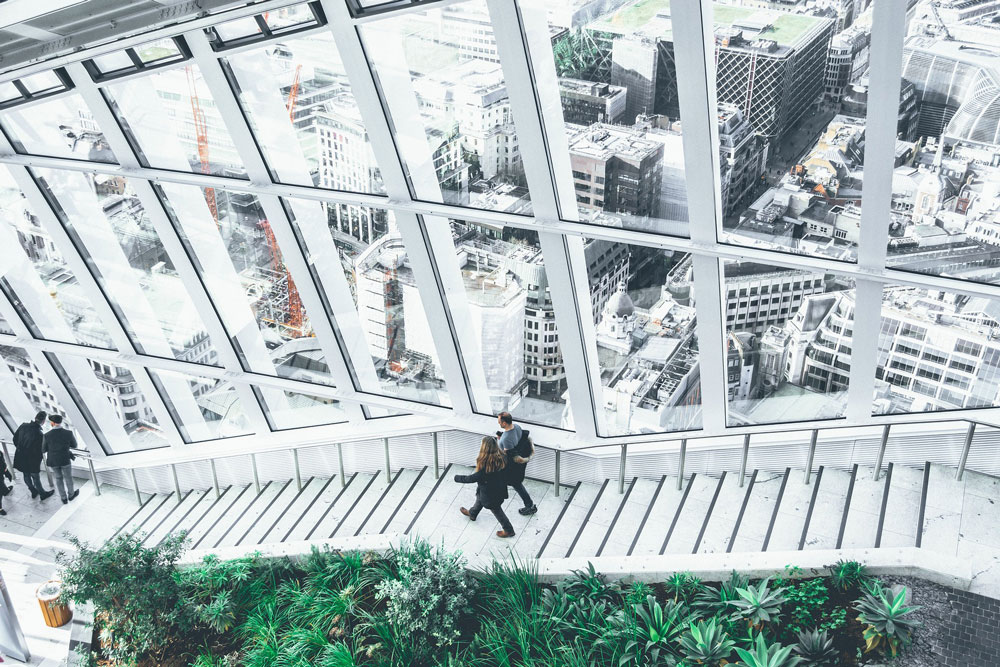What is Green building?
Sustainable approach for residential and commercial buildings
Green building (also known as green construction or sustainable building) refers to both a structure and the using of processes that are environmentally responsible and resource-efficient throughout a building’s life-cycle, which includes siting to design, construction, operation, maintenance, renovation, and demolition.
Why is green building important to the environment and your investment?
The environmental impact of the residential sector is significant. There are more than 120 million homes in the United States, and about two million new homes are constructed each year. According to the U.S. Department of Energy, the residential sector accounts for 22 percent of the total energy consumed in the nation and 74 percent of the water. Levels of indoor air pollutants can often be four to five times higher than outdoor levels. The residential sector also contributes 21 percent of U.S. carbon dioxide emissions. The considerable impact on the environment created by homes necessitates a shift toward more sustainable residences.
Green homebuilding addresses these issues by promoting the design and construction of homes that have much higher performance levels than homes built to the minimum building codes. Green homes are healthier, more comfortable, more durable, and more energy efficient, with a much smaller environmental footprint than conventional homes.
Breakthroughs in building science, technology, and operations are now available to designers, builders, operators, and owners who want to build green and maximize both economic and environmental performance. Green homes rely upon established, proven design features and technologies that do not have a significantly large cost.
What is LEED?
LEED (Leadership in Energy and Environmental Design) is an internationally recognized green building certification system. It provides third-party verification that a building or community was designed and built using strategies aimed at improving performance across all the metrics that matter most: energy savings, water efficiency, CO2 emissions reduction, improved indoor environmental quality, and stewardship of resources and sensitivity to their impacts.
Developed by the U.S. Green Building Council (USGBC), LEED provides building owners and operators a concise framework for identifying and implementing practical and measurable green building design, construction, operations and maintenance solutions.
LEED is flexible enough to apply to all building types – commercial as well as residential. It works throughout the building lifecycle – design and construction, operations and maintenance, tenant fitout, and significant retrofit. And LEED for Neighborhood Development extends the benefits of LEED beyond the building footprint into the neighborhood it serves.
LEED provides a point system to score green building design and construction. The system has five basic areas: Sustainable Sites, Water Efficiency, Energy and Atmosphere, Materials and Resources, and Indoor Environmental Quality. Buildings are awarded points based on the extent various sustainable strategies are achieved. The more points awarded the higher the level of certification achieved from Certified, Silver, Gold, to Platinum.
Why LEED?
LEED certification means healthier, more productive places, reduced stress on the environment by encouraging energy and resource-efficient buildings, and savings from increased building value, higher lease rates and decreased utility costs. In fact, 88 of the Fortune 100 companies are already using LEED.
Source: USGBC website




